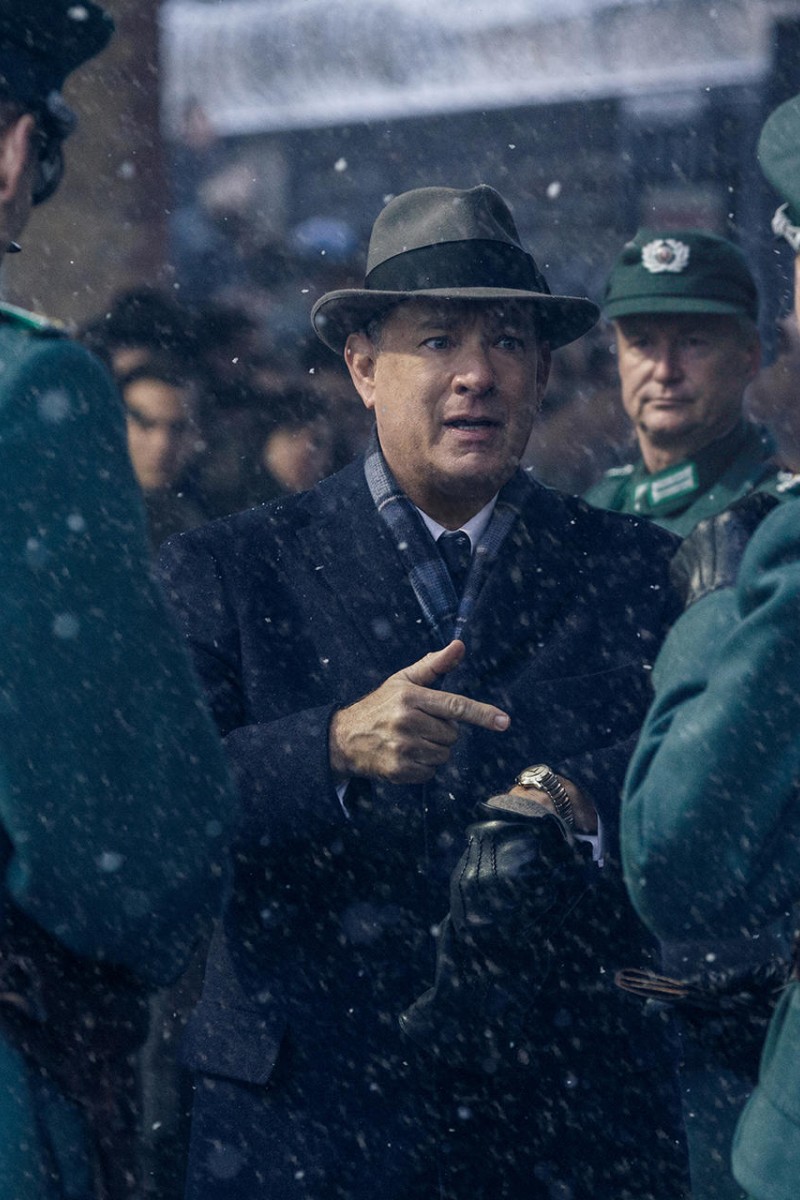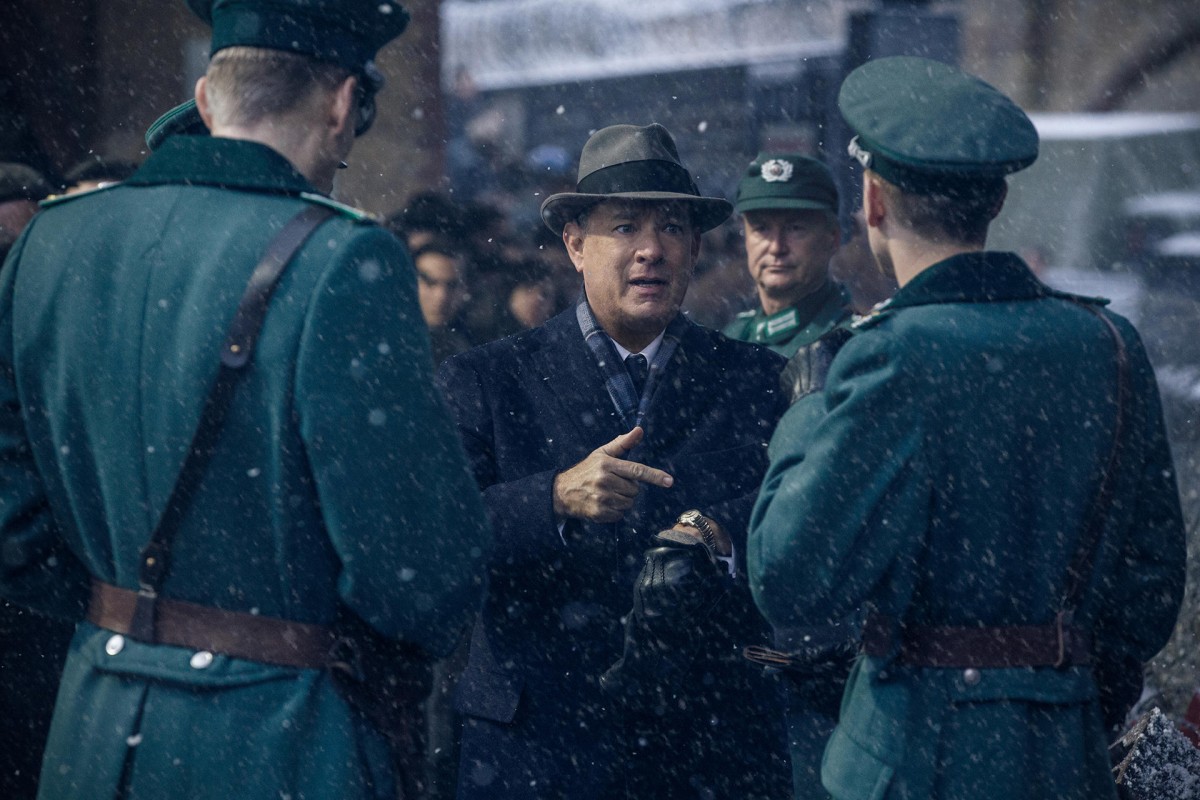
Spielberg's Bridge of Spies blends history, Hollywood and espionage [Review]

Directed by Steven Spielberg and set against the backdrop of the Cold War, Bridge of Spies is a wonderful blend of history, Hollywood and espionage. Tom Hanks stars as James Donovan, a New York lawyer who is thrust into the spotlight when he agrees to defend Rudolf Abel (Mark Rylance), a Communist spy.
Donovan tries to get Abel a fair trial in the US, and so persuades the judge that he could be used as a bargaining chip.
When the Soviet Union captures US pilot, Gary Powers (Austin Stowell), Donovan is sent to Berlin to arrange the trade of Powers for Abel. While in Berlin, he learns that American student has been wrongly arrested.
He tries to negotiate a complex, three-way prisoner exchange between East Germany, the Soviet Union and the US so all three men can be released.
It's a tricky web of politics, but it's laid out in an engaging way that makes sense even with no historical knowledge.
Tom Hanks does the role of Donovan justice, but the star is Mark Rylance, who is placid, emotionally deep and hard to read. It's impossible to tell whether or not he's guilty.
In true Spielberg style, each scene is visually stunning and rich in meaning. But with a complex plot and powerful acting, the film is more than just cinematic art.